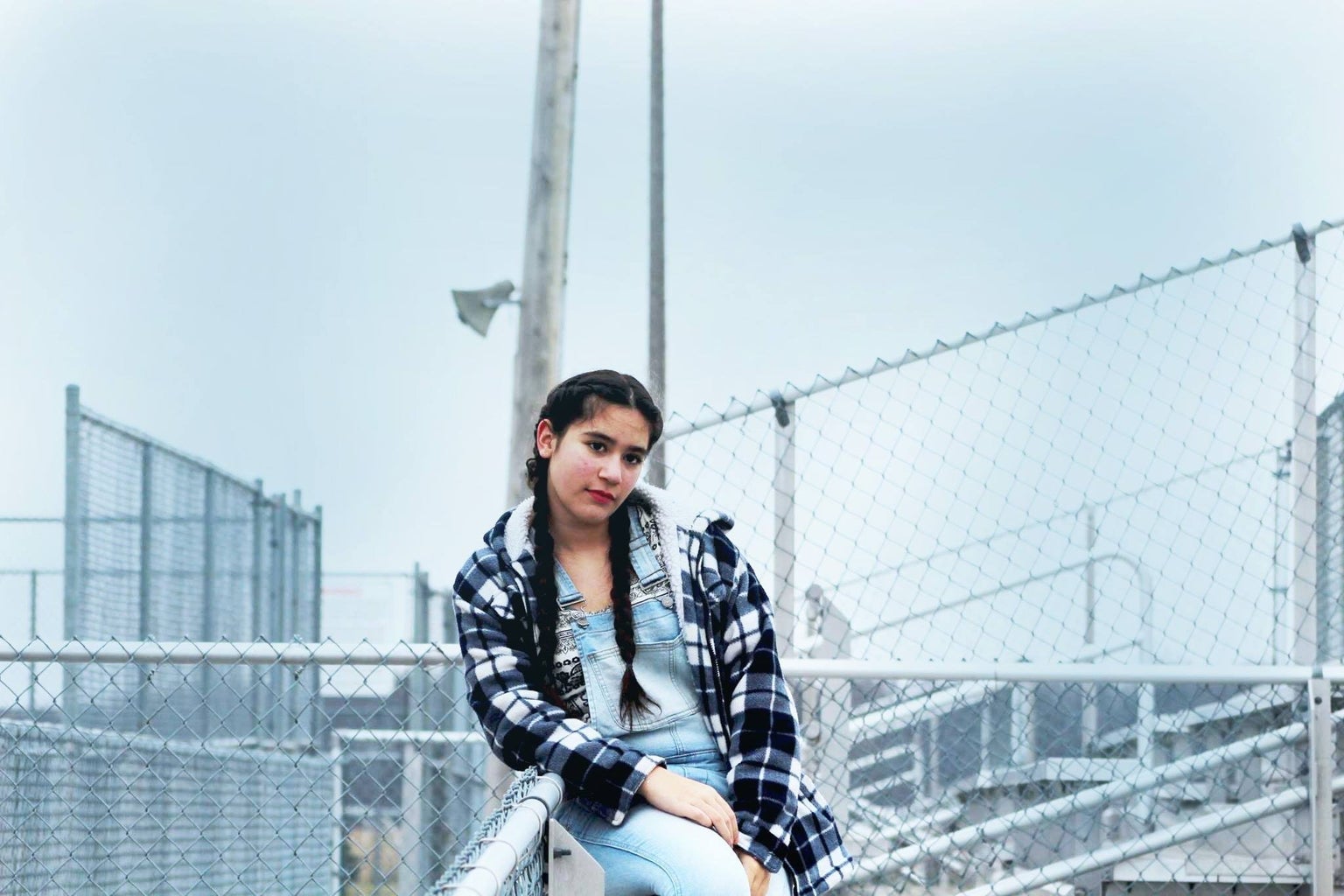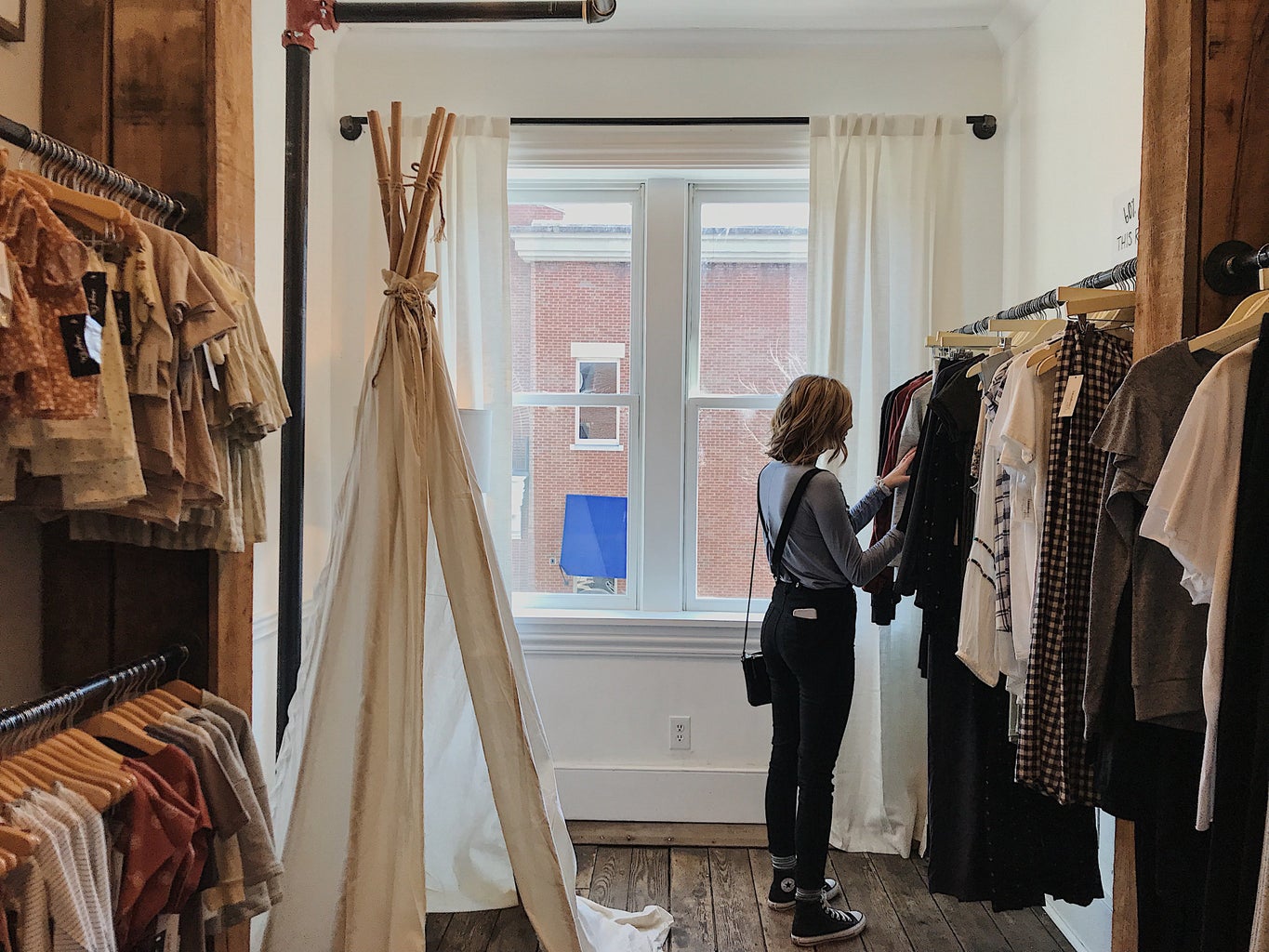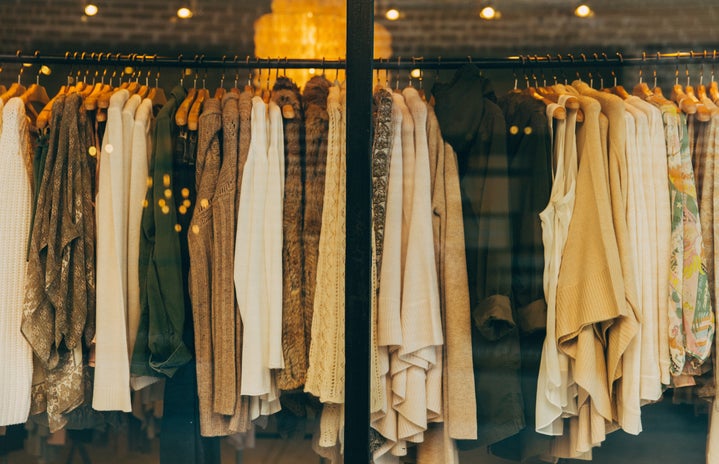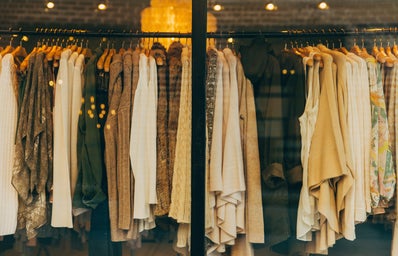If you’ve scrolled through various social media platforms over the past few years, you’ve probably seen the rising popularity of thrifting. “Thrifting” is buying clothes from secondhand and resale shops, which are usually very inexpensive. From thrift haul videos on YouTube to thrifting tips on TikTok, it’s become a popular way for people to shop for clothes. While thrifting and buying second hand has always existed, it’s made its way into the popular culture more and more throughout the years. Thrifting is something that I’ve been doing the past few years to supplement my wardrobe. I enjoy going to my local Goodwill or St. Vincent de Paul and finding vintage t-shirts and fun clothing items. I recently went thrifting in Madison and realized that although thrifting has a lot of benefits, it is also toxic in many ways. I’ve seen this debate a few times on social media and decided to research if thrifting is good or bad.

- Thrifting is very good for the environment. It eliminates clothing waste and reduces pollution. It results in less clothing in landfills, fewer resources wasted on the creation of new clothes and reductions in pesticide runoff when growing cotton for textiles.
- It’s very affordable. This is beneficial for people with a lower budget or looking to save money, as they can buy clothes without breaking the bank.
- Thrifting can be good for the community. Many thrift stores are associated with charities or churches where the money you spend is donated to a good cause.
- It helps create a unique style and boost creativity. Thrift stores often have retro/vintage pieces that can help create a unique style instead of matching the current trends. It can also boost creativity as putting together outfits depends on what they have in stock that day.
- Thrifting also helps defeat fast fashion. With the rise of stores like Shein and Romwe that feature very cheap clothes, they also create more sweatshops and unethically sourced clothing. Thrifting can fight that by taking away sales from unethical corporations.

- Before thrifting became popular, buying secondhand was embarrassing for a lot of people. A lot of people get teased for not being able to afford new clothes, and then all of a sudden it became a fashion trend. Thrift stores are often located in low-income areas and due to the rising interest in thrifting across all income levels, new boutique thrift stores are opening in cities, contributing to the gentrification of working-class communities.
- While it is common knowledge that sweatshops are a terrible thing, the rise of thrifting can put a lot of people out of jobs. Many depend on jobs in factories overseas or even in the US to support their families. If these companies are not getting sales due to the popularity of thrifting, they may go out of business and many can lose their jobs. This goes for small businesses as well as they can go out of business without sales, causing further job loss.
- Expanding on the idea of thrifting causing gentrification, it also contributes to the taking of resources from underprivileged people. Many people depend on thrifting to be able to afford clothes, and it is disheartening to see rich influencers taking those resources from them by thrifting at the same stores. This can take away resources that underprivileged groups depend on.
- Influencers are known for buying “oversized” clothing at thrift stores to alter or DIY. While this can be creative and fun, it is also participating in fatphobia and taking away resources from plus-sized people. It is hard enough to get plus-size clothing, but it is even harder when people who wear smaller sizes are shopping out of their size range. What is “oversized” for one person is not oversized to everyone. It isn’t common for someone to walk into a plus-sized store at the mall and buy clothes for an oversized look, so why is it common at thrift stores




